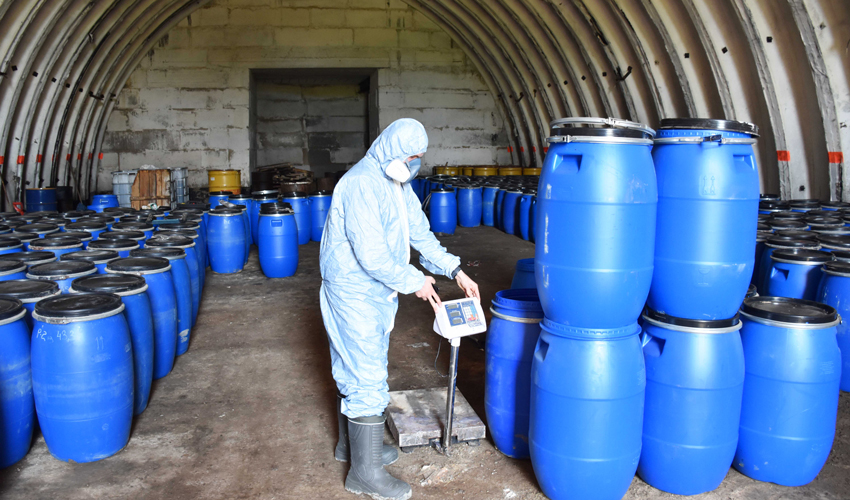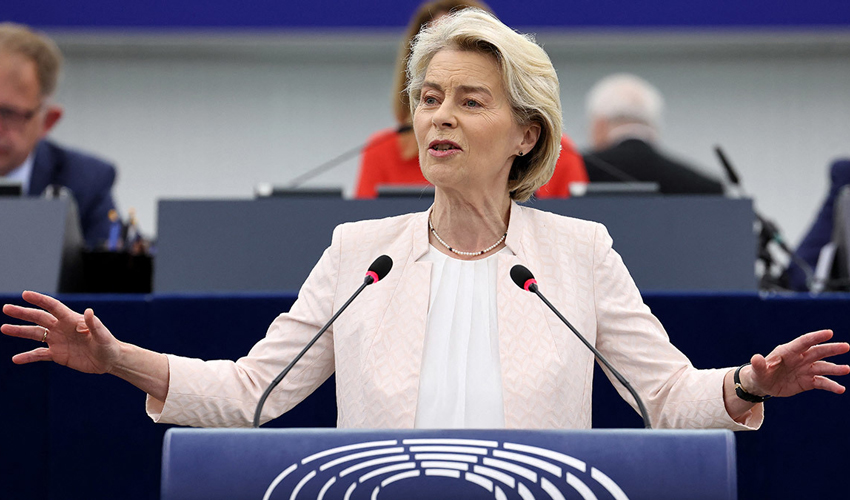
The situation is exacerbated by uncertainty surrounding the main supply route, the Blue Stream pipeline, writes the Turkish publication Medya Günlüğü. There is another gas pipeline – Turkish Stream – through which BOTAS imports 5.75 billion cubic meters of gas annually. But the capacities of this “Stream” are likely to be transferred to private companies, which is not opposed by either Russia or Turkey.
Everything is more complicated with the “Blue Stream” with a capacity of 16 billion cubic meters per year. Half of this capacity was under the control of the Italian energy giant Eni, which owned 50% of the pipeline. Because of Western sanctions, the Italians first refused to supply and now they are trying to sell their stake in the pipeline. Finding buyers due to the same sanctions is very problematic. Therefore, even if Turkey starts negotiations on a new contract with Gazprom, it can only count on supplies of 8 billion cubic meters per year. Unless, of course, it somehow comes to an agreement with Eni to lease or buy out its stake in Blue Stream. But Ankara clearly does not intend to buy it out.
As an option, information is thrown in about the possibility of supplying the same 8 billion cubic meters of Turkmen gas through the idle “Italian” capacities. But an agreement on this should also be concluded through Russia. And there are no agreements with Turkmenistan yet.
This situation is starting to worry many people in Turkey, especially large industrial consumers. There is no way to do without new gas contracts with Russia, and the relatively available 8 billion m3 “Russian share” in the “Blue Stream” is clearly insufficient.
Turkey’s annual demand for natural gas is 50-55 billion cubic meters, depending on the volume of industrial production and the severity of winter conditions. Imports of liquefied natural gas (LNG), even if all terminals are fully loaded, can provide imports of no more than 14-15 billion cubic meters in 2026. Pipelines from Azerbaijan (Shah Deniz) and Iran, under the most favorable conditions, can be used to purchase another 23-24 billion cubic meters.
This leaves a shortfall of at least 15-20 billion cubic meters, which Turkey cannot obtain through other routes besides Russia.
At the same time, we are talking about the needs in “blue fuel” of Turkey only. So far, gas has also been supplied through its territory to the countries of the Balkans and the south of Europe. Although the EU has set a firm course for a complete rejection of Russian gas, it is not quite clear whether all European countries will be able to do without it as early as 2026.
While Ankara is solving the “gas dilemma” of the need for gas supplies from Russia in the face of pressure from the West, especially the U.S., which is demanding a complete withdrawal from Russian energy sources, Turkish industrialists are already getting very nervous.













